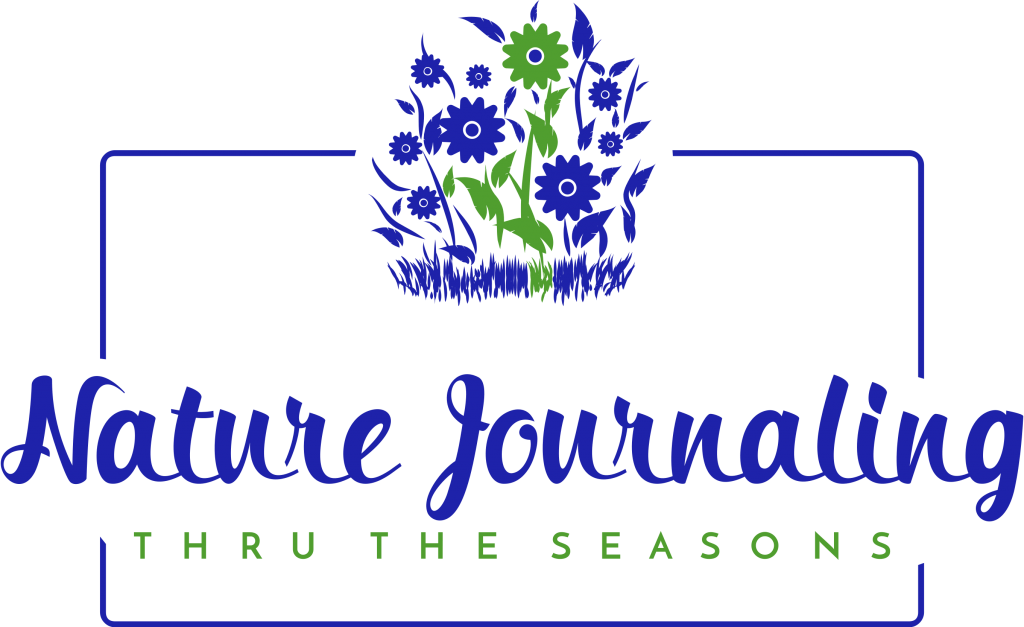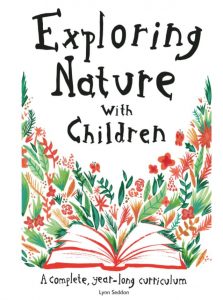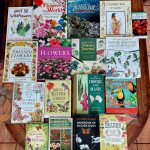Have you ever gone for a hike and noticed some mysterious animal tracks? Or have you seen signs of animal activity in your own backyard? These animal signs or footprints can reveal a lot about the wildlife in your area and the seasons in which they are active. Here are some interesting points on animal signs and how to incorporate them into your nature journaling. With this NaturExplorers animal signs nature study, you’ll always want to be prepared with a few important detective tools – a nature notebook, pencils, a measuring tape and compass.

Understanding Animal Signs by Season
Animal activity changes throughout the year, and their signs can give you an insight into the season. In winter, you may see tracks of animals that are more active during this time, such as foxes. In spring, you may see holes in the ground indicating that some animals are coming out of hibernation. In summer, you may see animal scat, indicating their food sources or territory. In fall, you may see nuts and fruits scattered on the ground, indicating the start of a new season of gathering for some species.
How to Identify Animal Tracks
When you come across animal tracks, it’s important to observe the shape, size, and pattern of the tracks. The size of the tracks can give you an idea of the animal’s size, and the pattern can indicate the animal’s gait. For example, a deer’s tracks are usually heart-shaped and can indicate how fast the deer was moving. Additionally, you can look for other signs in the area, such as chewed leaves or branches, to get an idea of what type of animal you may be tracking.

A set of 24 beautiful hand-illustrated in watercolour medium and great addition to your Africa nature and history study. Size in A4, Letter size and free flash cards to go.
Incorporating Animal Signs into Nature Journaling
Nature journaling is a great way to document your observations of animal signs and tracks. You can use your journal to sketch the tracks or take notes on the details of the animal sign. This can help you remember the experience and also provide a reference for future identification. Additionally, you can use your journal to record the time of year and any other relevant details, such as the weather or location.



Tips for Nature Journaling
To get the most out of your nature journaling experience, try to be present in the moment and observe your surroundings. Take your time and try to notice the small details in your environment. Use all your senses to observe the sounds, smells, and textures around you. Also, remember to have fun and enjoy the experience. Nature journaling is a great way to connect with nature and learn more about the world around us.
Ready to try it? Contact me to help you find the best way to get started with nature journaling. Would love to hear from you. Thank you




















